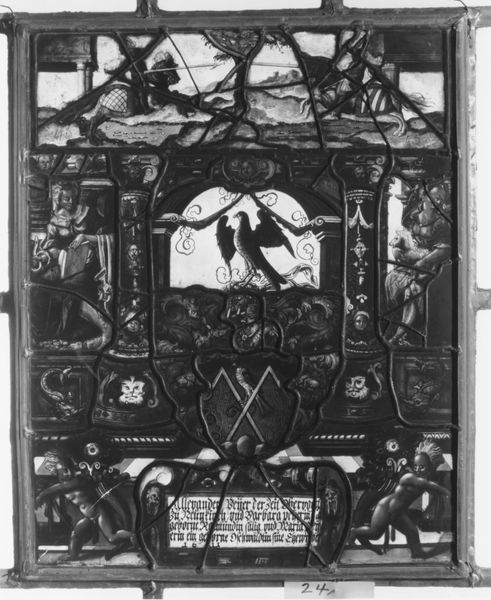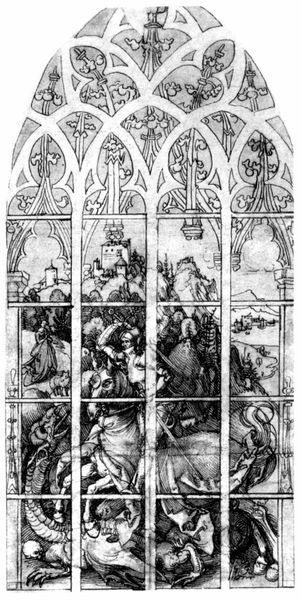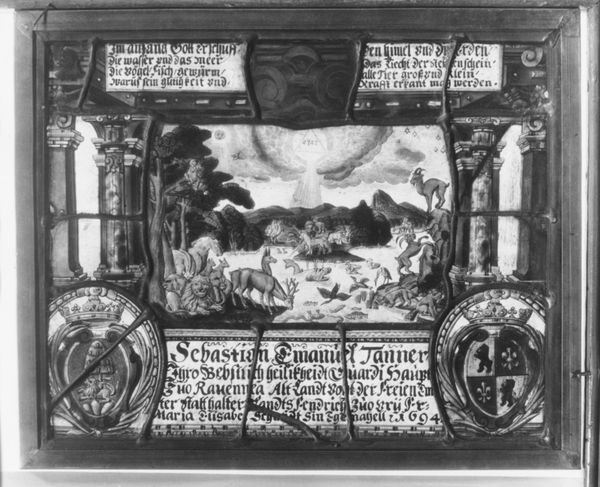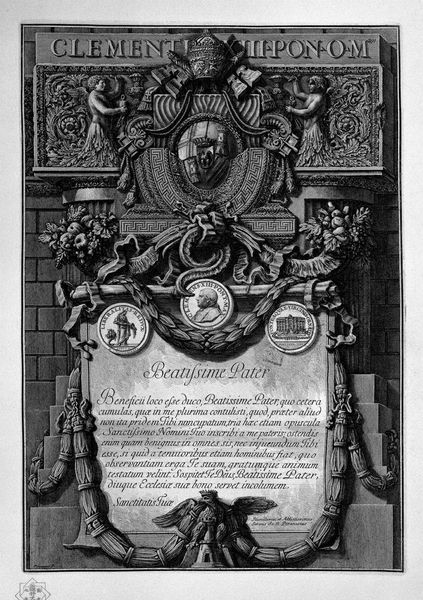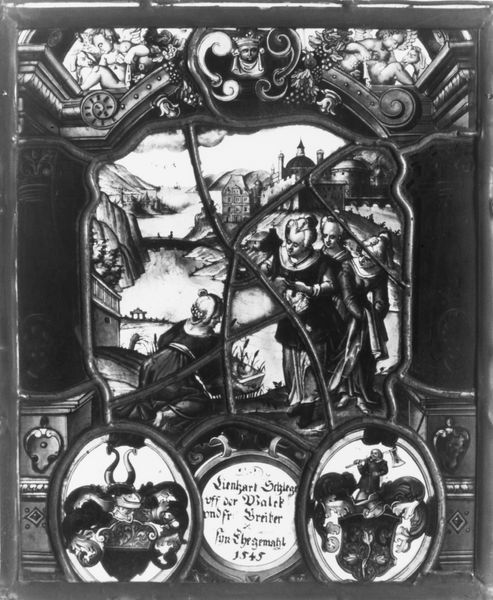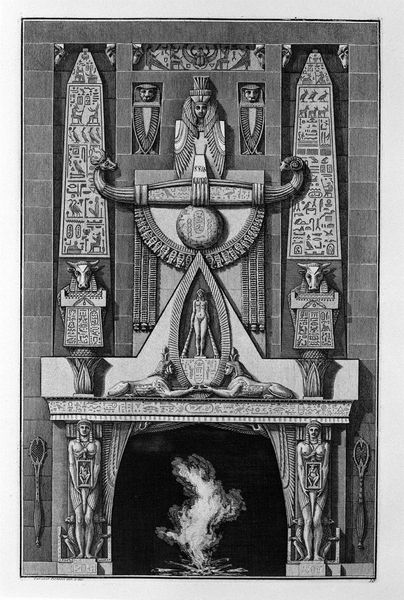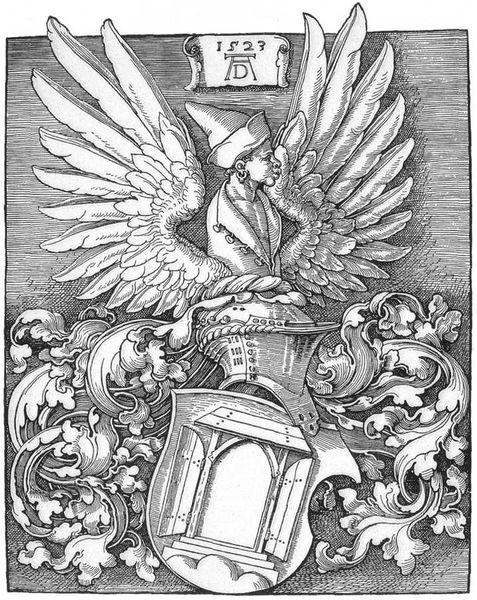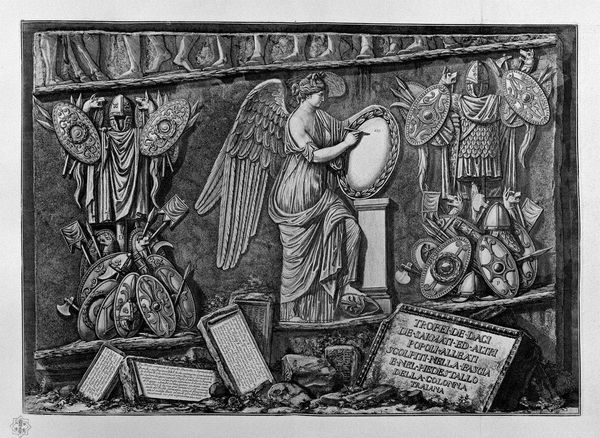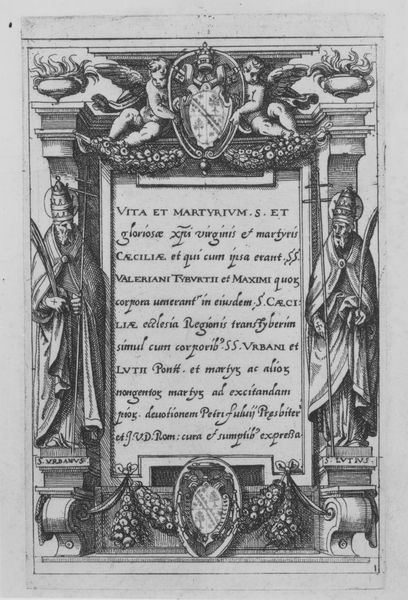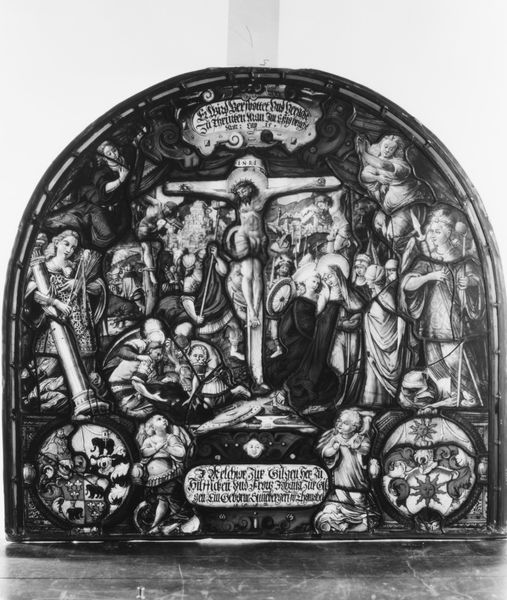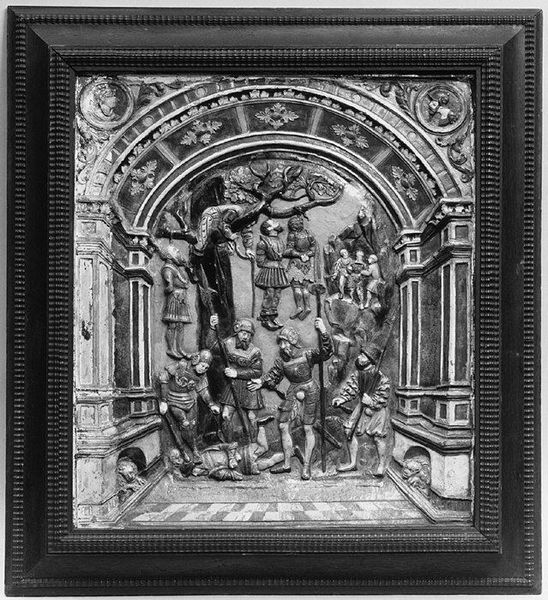
drawing, graphic-art, print, woodcut
#
drawing
#
graphic-art
# print
#
landscape
#
geometric
#
sketch
#
woodcut
#
carved
#
line
#
cityscape
Copyright: M.C. Escher,Fair Use
Editor: This is M.C. Escher's woodcut print "Bookplate J.C.de Bruyn van Melis (June 1946)," created in 1946. I am immediately drawn to the stark contrast of the black ink against the white paper, creating a rather intense visual impact with the depiction of the town, which feels almost medieval in style. What stories do you think Escher is trying to tell here? Curator: Consider the recurring motif of the book, present both within the "Ex Libris" declaration and visually in the image. Books here function as containers of knowledge, tradition, and memory. How does Escher visually link the individual—the owner of this bookplate, J.C. de Bruyn van Melis—with this broader sense of civic and cultural identity? Editor: That's a fascinating point. It feels like the open book on the bottom left is symbolic of what one finds between the pages of the text as related to knowledge of the town! I also see heraldry, a tower, and lilies. Is it possible these might represent different aspects of Melis’s identity, perhaps lineage, location and character? Curator: Indeed. Heraldry often signifies family history and social standing, acting as a visual anchor to one's past. Notice how the cityscape isn't just any city; it's *his* city, representing a personal connection to place. Lilies often represent purity, new beginnings, but depending on its presentation can represent mourning, remembrance. What visual cues support your idea that we're experiencing his character, his identity? Editor: Looking closer, the city and heraldry in the arched opening almost mirror the architecture framing it! It's a book *about* them in a visual language that encapsulates Melis. Curator: Precisely. The continuous architectural style almost suggests a cyclical nature of identity being passed down through family lineage as much as what they experience daily in the place they reside. The composition highlights enduring values, family ties and pride through the individual's environment and character. Editor: It's remarkable how much Escher packed into a small bookplate. Curator: Absolutely, he transformed a simple label into a powerful statement about the intersection of personal identity and cultural heritage.
Comments
No comments
Be the first to comment and join the conversation on the ultimate creative platform.
